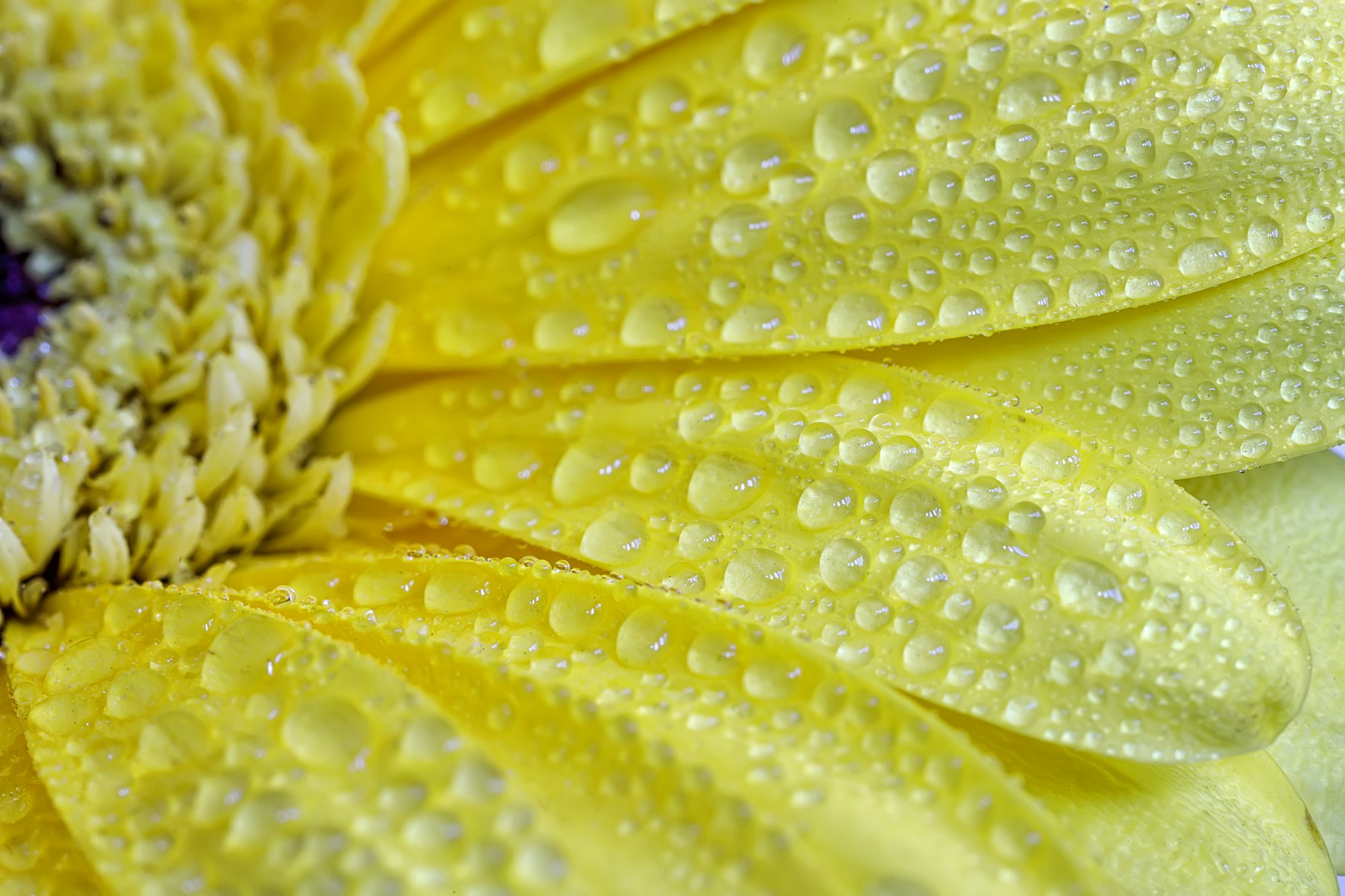Flowers are reproductive structures of flowering plants. Also known as a blossom or bloom, the flower has one major biological function: to facilitate reproduction by providing a mechanism for sperm and egg union. These reproductive structures are very important to the survival of a plant. This article will discuss some of the biological functions of birthday flowers.
Flowers are composed of three parts: sepals, petals and stamens. The sepals form the outer whorl of the flower. They act as a support for the floral part and attract pollinators. The petals are the brightly coloured and scented parts of the flower. The male reproductive part of the flower is the stamen, which is a cylindrical filament with a circular anther on the top. While the stamen is an essential floral organ, not all flowers have fertile anthers.
Flowers have different parts, but they all share a basic anatomy. Petals are the colorful part of the flower that attracts pollinators, while sepals are green and protect the developing bud. Some flowers have all male parts or all female parts. Others have both male and female parts, which is called a perfect flower.
Flowers are important to many humans, and they benefit the environment in many ways. The process of photosynthesis in plants removes toxins and carbon dioxide from the atmosphere. This in turn improves the air quality for humans. Additionally, flowers have a positive emotional impact on people. People exposed to flowers often feel more friendly and open. They are also used in many ceremonies and celebrations.
Flowers serve many functions, and they have been used as food for centuries. They are often used to celebrate life, and they have a significant role in religious ceremonies. Many cultures use flowers as symbols of femininity. They are also widely used in Day of the Dead celebrations in Mexico. In ancient Egypt, flowers were commonly used for burials.
Flowers are also important for reproduction. They advertise a rich source of pollen and nectar. Pollination is the transfer of pollen grains from the anther to the stigma in a flower. The stigma contains sex cells that help fertilize the developing seeds. Once fertilized, the ovules develop and mature into a fruit.
Many flowering plants are pollinated by wind, insects, and even larger animals. These creatures carry pollen from one plant to another, where it can germinate in a new location. In return, flowering plants often produce fruits as reward. These fruits will eventually colonize an area, making reproduction possible. They are called angiosperms.
In addition to petals, flowers also contain the male and female reproductive parts. The male flower contains two parts: the stamen and the anther. The anther contains the pollen grains, while the filament is the stalk that supports the anther.

